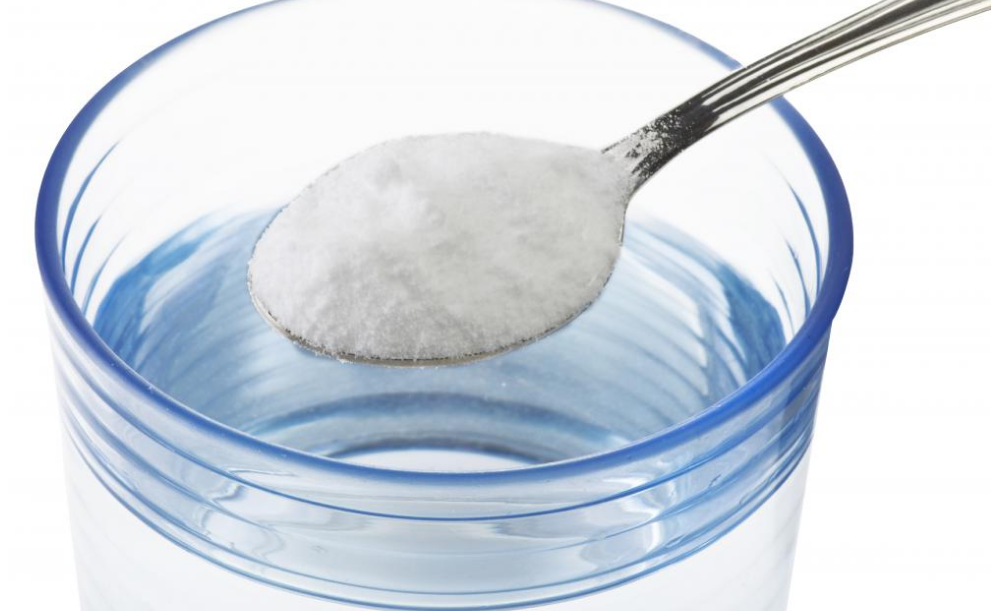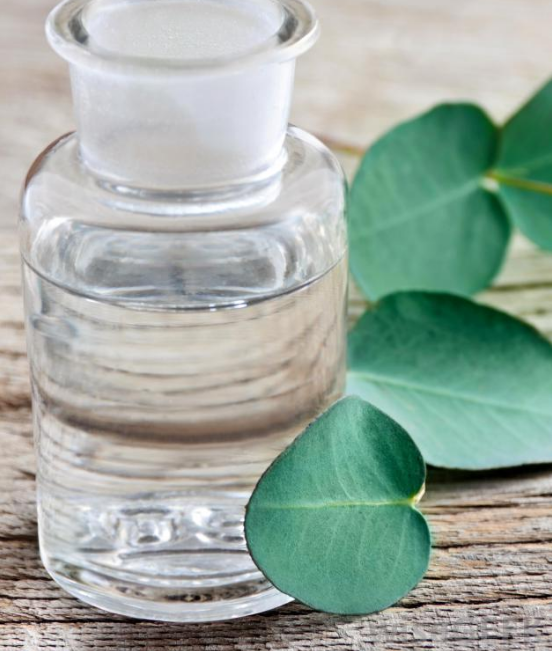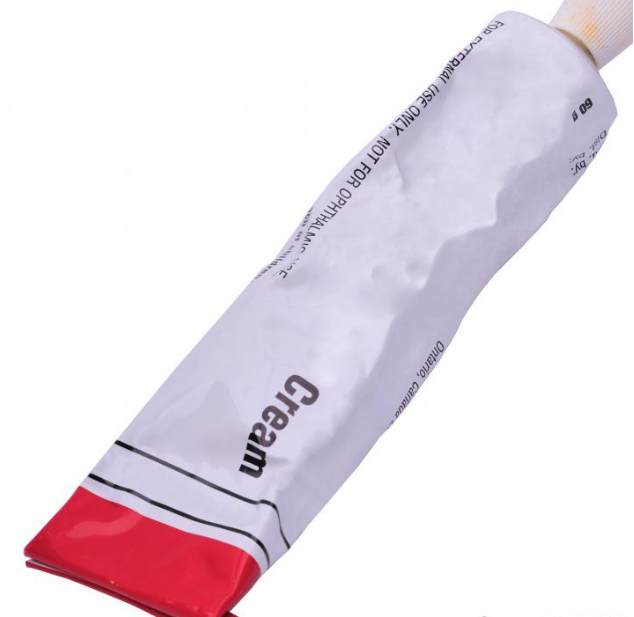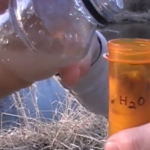Do You Need to Worry About Sand Flea Bites?

Sand fleas are a nuisance in many parts of the world along shorelines. In some cases bites from these critters can lead to serious medical conditions. There are two types of fleas that love to bite the lower legs and feet of humans, and it’s important to know the risks as well as what can be done to minimize them.
Fleas are Jumpers
Fortunately fleas don’t fly, and they can only jump short distances. This is why most bites occur on the lower legs and feet as people are walking on the beach. The bites generally feel like little nips that initially start to itch like crazy. Some people who get bitten describe them like being hit with a grainy piece of sand or a burr. Consequently, it’s often dismissed as nothing until symptoms begin to develop not too long after the bite.
What Happens When Bit

Fleas either bite the legs and inject a toxin that prevents the blood from clotting. This allows them to suck out some blood and move on to the next victim without getting stuck. This is also what causes the most common symptoms that resemble little bumps similar to small mosquito bites. However, if a breeding female is the one doing the biting, chances are that they will be laying eggs underneath the skin. The eggs hatch, larvae crawl out, and they begin to burrow beneath the skin.
Symptoms
![]()
Most bites will create severe burning and itching. It is also common to see dozens of bites as these creatures will jump onto a host in large numbers. Most bites don’t pose a serious hazard unless the victim has an allergic reaction or the bite. Reactions can include fever, dizziness, pain in the extremity surrounding the bite, difficulty breathing, nausea and swelling of the tongue.
When females bite and lay eggs, the symptoms mentioned above can be followed by swollen glands, tenderness throughout the extremity and the development of a condition called tungiasis. This is a skin disease that is caused by the growing eggs and larvae, and it gets worse over time. The development of nasty looking ulcers will start near the bite sites and get bigger. Walking will be difficult and painful, and these sores will not heal unless treated. Secondary infections caused by the open skin can lead to a wide-range of health problems, and it is essential to get medical attention as soon as you identify that the bite marks that have black spots in the center.
Treatment
Bites from fleas that don’t lay eggs generally include what you would normally do with other insect bites. Use topical antihistamines and anti-inflammatory medication to control swelling and reduce itching. Most symptoms will disappear after a day or so, and the skin will return not too long after. However, bites from egg-laying females will require more extreme measures. This will usually involve physically removing the flea with specialized equipment and decontaminating the area with harsh chemicals such as formaldehyde in order to kill the eggs.
In most cases, the egg-laying female will burrow itself into the skin and leave a portion of their body exposed. It can lay up to 100 eggs in a period of about two weeks before dying and falling off the skin. It is very important that the flea is not broken during removal, otherwise the toxins inside the creature can cause severe pain, inflammation and bacterial infections. This is one reason that anyone who is bitten should seek medical attention as quickly as possible.
The biggest concern with respect to being bitten by females is that secondary infections can develop. Tetanus and gangrene are common. Doctors will administer strong topical antibiotics as a first course of treatment before moving onto intravenous medications in cases where infections have spread throughout the body.
If you are bitten by a female, egg-laying female, remember that the bite will not go away by itself. It will get worse with time. Seek out medical attention as quickly as possible in order to nip it in the bud before more severe symptoms develop.
Finally, prevention is easy. Use special repellent that is available in most beach areas that have sand flea problems and cover your legs and feet as you walk along the beach late at night. There are also a long list of home remedies out there that can help with the symptoms of standard bites that do not involve eggs. Follow tips that apply to other bug bites and experiment until you find the best remedy.
Be mindful of your surroundings and avoid areas of the beach where sand fleas are known to congregate. Wear appropriate clothing and do not delay medical treatment if bitten by a female. If you can’t get to a doctor right away, make sure that the bite site is kept clean with antibiotic ointment and covered to minimize the spread of infection until treatment can be obtained.
















